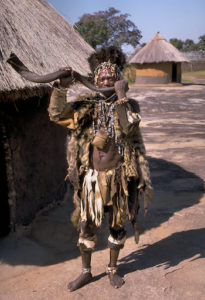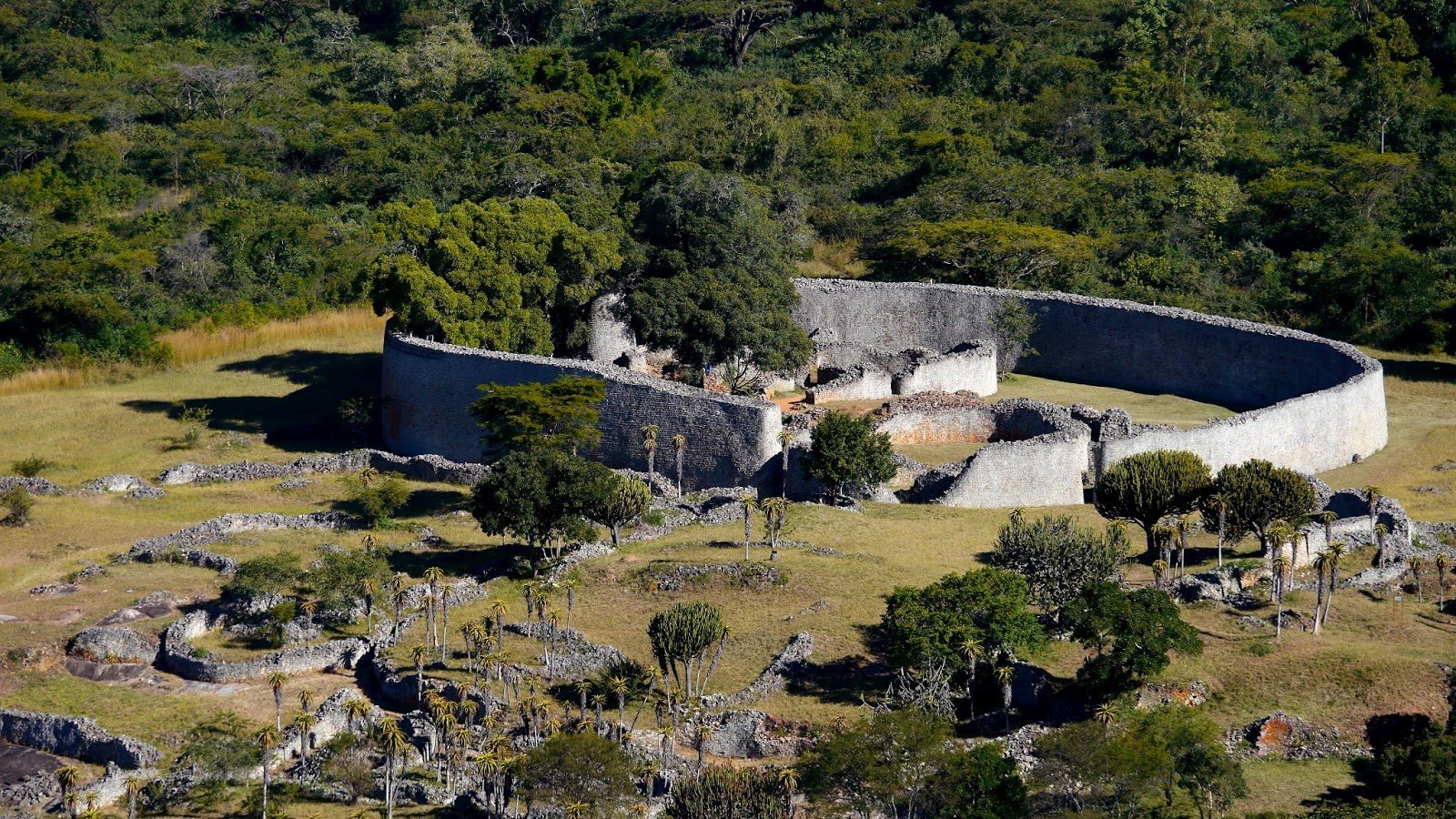Your How are modern day shona similar to their ancestors images are ready. How are modern day shona similar to their ancestors are a topic that is being searched for and liked by netizens today. You can Find and Download the How are modern day shona similar to their ancestors files here. Find and Download all free vectors.
If you’re searching for how are modern day shona similar to their ancestors images information connected with to the how are modern day shona similar to their ancestors keyword, you have visit the ideal site. Our website frequently gives you hints for downloading the highest quality video and image content, please kindly surf and find more informative video content and graphics that fit your interests.
How Are Modern Day Shona Similar To Their Ancestors. They exclusively practice animism. Some of the similarities between Sundiata and Mansa Musa are the way they are both extremely renowned rulers the way they are both thought to be popular rulers from their subjects and the way their are THOUGHT to be related. Why is it likely that the Shona had different cultural influences. This is synonymous with the Shona cultural and belief system.
 Irish Christmas Traditions From Ireland Irish Christmas Traditions Christmas In Ireland Irish Christmas From ar.pinterest.com
Irish Christmas Traditions From Ireland Irish Christmas Traditions Christmas In Ireland Irish Christmas From ar.pinterest.com
The archaeological ruins known as Great Zimbabwe have been radio carbon dated to approximately 600 AD. The correct answer is they raise cattle and cultivate sorghum because this is the most similar to what the modern-day nation of Zimbabwe did. Historic findings seems to point to the fact that the ancestors of modern day Shona people built Great Zimbabwe and hundreds of other stone walled sites in Zimbabwe. Shona Sculpture Serpentine Mother Playing with Baby. How are modern-day Shona similar to their ancestors. This is synonymous with the Shona cultural and belief system.
The religious beliefs of the early Bantu and Shona both involved the practice of.
Clan - group of people who descended from the same ancestor The Shona consisted and still consist of two distinct families the original Bantu occupants of the country and the conquerors each of which has split up into a multiplicity of tribes. The Early Iron Age ancestors. Which best describes why the location of the Swahili Coast made it a center of trade. Art is their way of expressing the link between the spiritual and the physical worlds. Shona are linguistically related to the central Bantu and most likely moved into present day Zimbabwe during the great Bantu expansion. The map shows sub-Saharan Africa highlighting the Swahili Coast.
 Source: pinterest.com
Source: pinterest.com
The map shows sub-Saharan Africa highlighting the Swahili Coast. Art is their way of expressing the link between the spiritual and the physical worlds. Their stone carvings date back to the time of Great Zimbabwe which began in the 11th century by the Shona peoples Bantu-speaking ancestors. How are modern day Shona similar to their ancestors - Brainlyin. Why is it likely that the Shona had different cultural influences.
 Source: pinterest.com
Source: pinterest.com
Why is it likely that the Shona had different cultural influences. The correct answer should be that they continue the bantu migration. Declaration of farvis_Walker_Edit_Menuwalkelements max_depth should be compatible with Walkerwalkelements max_depth args in homecustomer. Bolivianouft and 12 more users found this answer helpful. Their trade systems were mostly destroyed by British colonizers.
 Source: pinterest.com
Source: pinterest.com
Declaration of farvis_Walker_Edit_Menuwalkelements max_depth should be compatible with Walkerwalkelements max_depth args in homecustomer. Today the shona people inhabit the modern-day nation of Zimbabwe - governed by a kinship system - have hereditary leaders who oversee villages - raise cattle which are a sign of prestige - cultivate sorghum and maize. They raise cattle and cultivate sorghum. Clan - group of people who descended from the same ancestor The Shona consisted and still consist of two distinct families the original Bantu occupants of the country and the conquerors each of which has split up into a multiplicity of tribes. Their inheritance is visible in all their work.

3 How are modern-day Shona like their ancestors. Bolivianouft and 12 more users found this answer helpful. Today the shona people inhabit the modern-day nation of Zimbabwe - governed by a kinship system - have hereditary leaders who oversee villages - raise cattle which are a sign of prestige - cultivate sorghum and maize. The conquerors of the Hungwe fall under the blanket name Mbire. By James Mutambika Zimbabwe The Shona people speak Shona language and are classified as Western Shona Bakalanga and eastern Shona.
 Source: pinterest.com
Source: pinterest.com
The map shows sub-Saharan Africa highlighting the Swahili Coast. They raise cattle and cultivate sorghum. The archaeological ruins known as Great Zimbabwe have been radio carbon dated to approximately 600 AD. Sorghum has mostly been replaced by corn while their religion is mostly Christian but there are many others. Bolivianouft and 12 more users found this answer helpful.
 Source: pinterest.com
Source: pinterest.com
How are modern-day Shona similar to their ancestors. They exclusively practice animism. Art is their way of expressing the link between the spiritual and the physical worlds. The archaeological ruins known as Great Zimbabwe have been radio carbon dated to approximately 600 AD. The map shows sub-Saharan Africa highlighting the Swahili Coast.
 Source: twtext.com
Source: twtext.com
They raise cattle and cultivate sorghum. The term Shona was first used by the. How are modern day Shona similar to their ancestors - Brainlyin. Clan - group of people who descended from the same ancestor The Shona consisted and still consist of two distinct families the original Bantu occupants of the country and the conquerors each of which has split up into a multiplicity of tribes. They thrive on trade with the swahili coast.
 Source: pinterest.com
Source: pinterest.com
They thrive on trade with the Swahili Coast. They continue the bantu migration. Why is it likely that the Shona had different cultural influences. Which best describes why the location of the Swahili Coast made it a center of trade. Clan - group of people who descended from the same ancestor The Shona consisted and still consist of two distinct families the original Bantu occupants of the country and the conquerors each of which has split up into a multiplicity of tribes.
 Source: answersafrica.com
Source: answersafrica.com
Shona Sculpture Serpentine Mother Playing with Baby. There are five main Shona language groups. Shona Sculpture Serpentine Mother Playing with Baby. People had tended to do and the huts must have been very similar Economically they carried out activities similar to modern day activities except that their technology was naturally not as advanced as we have today. Today the shona people inhabit the modern-day nation of Zimbabwe - governed by a kinship system - have hereditary leaders who oversee villages - raise cattle which are a sign of prestige - cultivate sorghum and maize.
 Source: aaregistry.org
Source: aaregistry.org
The religious beliefs of the early Bantu and Shona both involved the practice of. Sorghum has mostly been replaced by corn while their religion is mostly Christian but there are many others. Shona Sculpture Serpentine Mother Playing with Baby. Some of the similarities between Sundiata and Mansa Musa are the way they are both extremely renowned rulers the way they are both thought to be popular rulers from their subjects and the way their are THOUGHT to be related. Declaration of farvis_Walker_Edit_Menuwalkelements max_depth should be compatible with Walkerwalkelements max_depth args in homecustomer.
 Source: answersafrica.com
Source: answersafrica.com
People had tended to do and the huts must have been very similar Economically they carried out activities similar to modern day activities except that their technology was naturally not as advanced as we have today. The correct answer is they raise cattle and cultivate sorghum because this is the most similar to what the modern-day nation of Zimbabwe did. How are modern-day shona similar to their ancestors. Their stone carvings date back to the time of Great Zimbabwe which began in the 11th century by the Shona peoples Bantu-speaking ancestors. Bolivianouft and 12 more users found this answer helpful.
 Source: pinterest.com
Source: pinterest.com
Declaration of farvis_Walker_Edit_Menuwalkelements max_depth should be compatible with Walkerwalkelements max_depth args in homecustomer. People had tended to do and the huts must have been very similar Economically they carried out activities similar to modern day activities except that their technology was naturally not as advanced as we have today. The map shows sub-Saharan Africa highlighting the Swahili Coast. How are modern-day Shona similar to their ancestors. Shona are linguistically related to the central Bantu and most likely moved into present day Zimbabwe during the great Bantu expansion.
 Source: pinterest.com
Source: pinterest.com
There are five main Shona language groups. Shona Sculpture Serpentine Mother Playing with Baby. They continue the bantu migration. Their stone carvings date back to the time of Great Zimbabwe which began in the 11th century by the Shona peoples Bantu-speaking ancestors. They raise cattle and cultivate sorghum.
 Source: pinterest.com
Source: pinterest.com
People had tended to do and the huts must have been very similar Economically they carried out activities similar to modern day activities except that their technology was naturally not as advanced as we have today. The map shows sub-Saharan Africa highlighting the Swahili Coast. They thrive on trade with the swahili coast. Sorghum has mostly been replaced by corn while their religion is mostly Christian but there are many others. The correct answer should be that they continue the bantu migration.
 Source: answersafrica.com
Source: answersafrica.com
Art is their way of expressing the link between the spiritual and the physical worlds. The conquerors of the Hungwe fall under the blanket name Mbire. Shona Sculpture Serpentine Mother Playing with Baby. The correct answer is they raise cattle and cultivate sorghum because this is the most similar to what the modern-day nation of Zimbabwe did. How are modern day Shona similar to their ancestors - Brainlyin.
 Source: answersafrica.com
Source: answersafrica.com
Korekore Zeseru Manyika Ndau and Karanga. There are five main Shona language groups. They raise cattle and cultivate sorghum. The last of these groups was largely absorbed by the Ndebele when they moved into western Zimbabwe in the 1830s. The map shows sub-Saharan Africa highlighting the Swahili Coast.
 Source: pinterest.com
Source: pinterest.com
Clan - group of people who descended from the same ancestor The Shona consisted and still consist of two distinct families the original Bantu occupants of the country and the conquerors each of which has split up into a multiplicity of tribes. Art is their way of expressing the link between the spiritual and the physical worlds. The correct answer should be that they continue the bantu migration. The last of these groups was largely absorbed by the Ndebele when they moved into western Zimbabwe in the 1830s. Shona are linguistically related to the central Bantu and most likely moved into present day Zimbabwe during the great Bantu expansion.
 Source: ar.pinterest.com
Source: ar.pinterest.com
How are modern-day shona similar to their ancestors. The term Shona was first used by the. How are modern-day Shona similar to their ancestors. Why is it likely that the Shona had different cultural influences. They raise cattle and cultivate sorghum.
This site is an open community for users to submit their favorite wallpapers on the internet, all images or pictures in this website are for personal wallpaper use only, it is stricly prohibited to use this wallpaper for commercial purposes, if you are the author and find this image is shared without your permission, please kindly raise a DMCA report to Us.
If you find this site beneficial, please support us by sharing this posts to your own social media accounts like Facebook, Instagram and so on or you can also bookmark this blog page with the title how are modern day shona similar to their ancestors by using Ctrl + D for devices a laptop with a Windows operating system or Command + D for laptops with an Apple operating system. If you use a smartphone, you can also use the drawer menu of the browser you are using. Whether it’s a Windows, Mac, iOS or Android operating system, you will still be able to bookmark this website.





